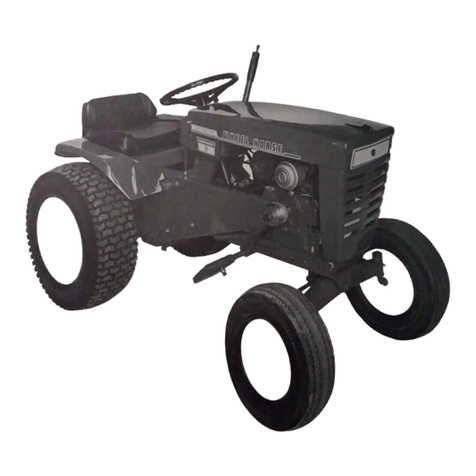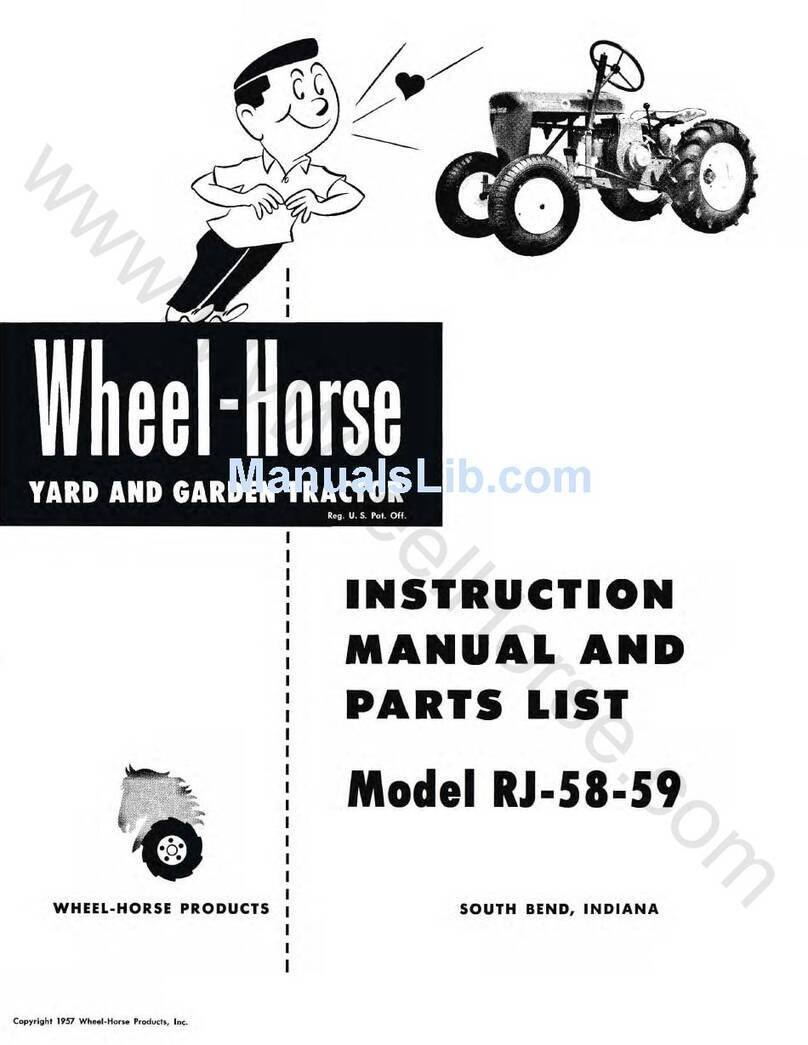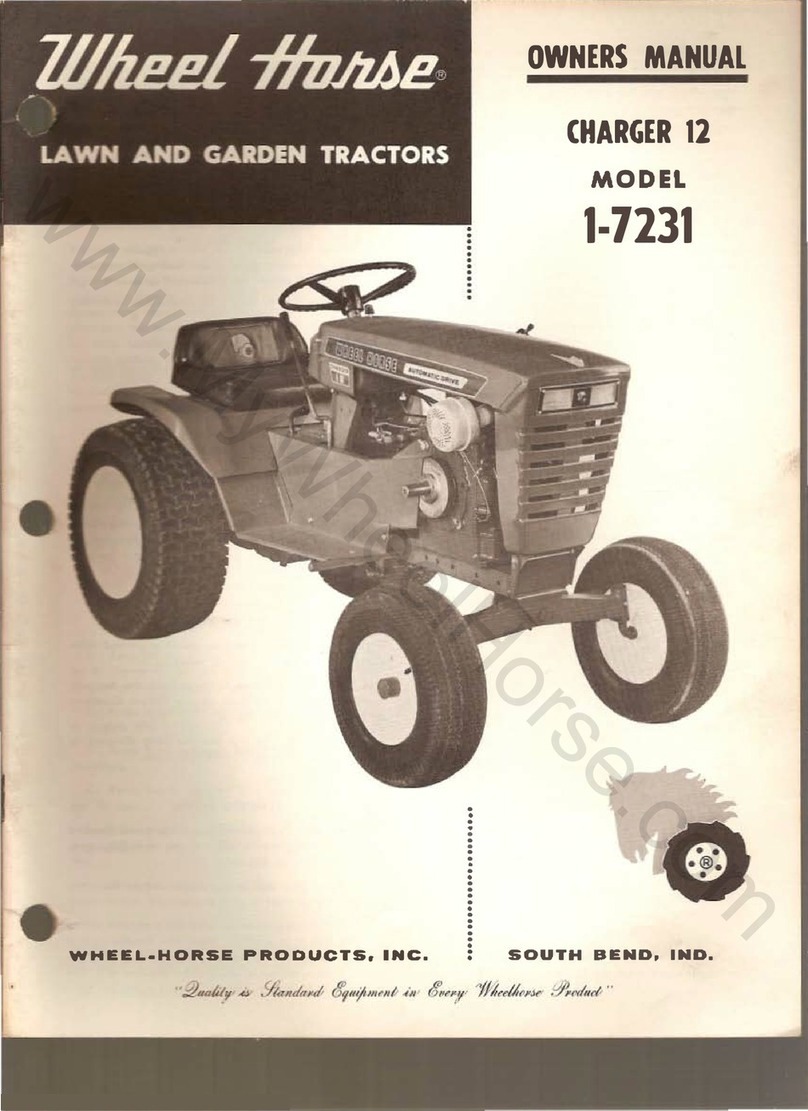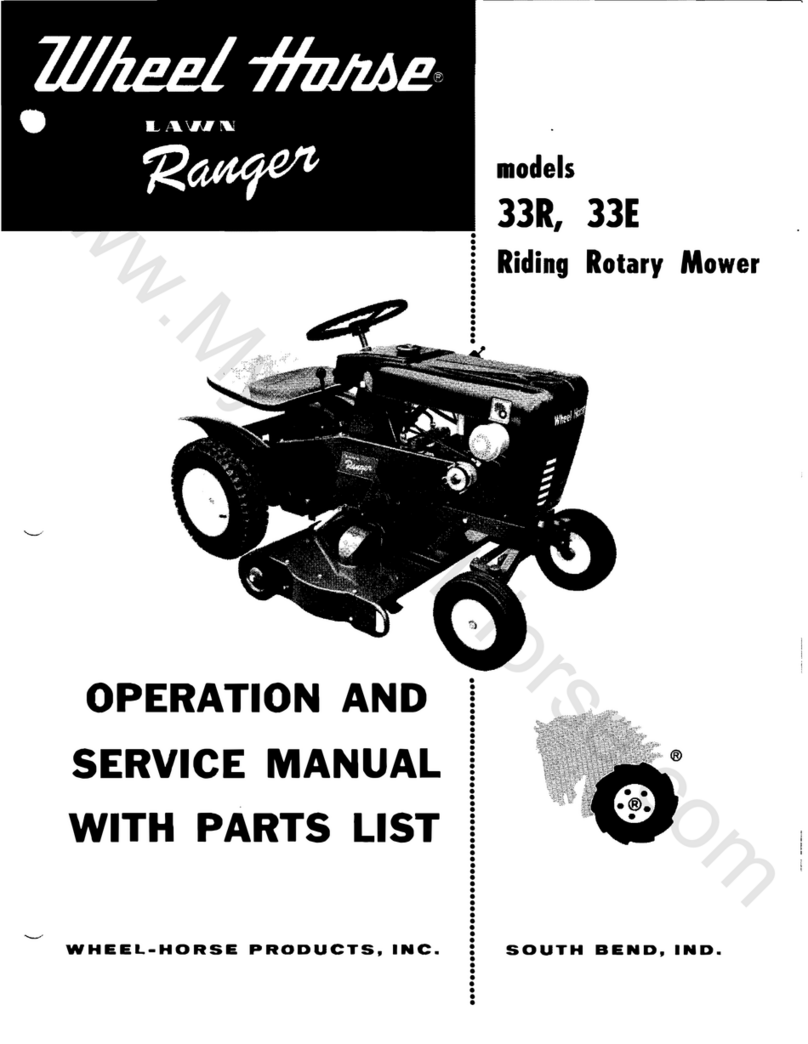37
3\
4 \
~.46
38 37
°.-
41
21
42
\ \
46
25
46
~
I
"-
·::::::"41
11
I
45
\
54
46~
&8
/ ..
~
48
12"\,.\"\"
40
I
56~>431131
50
&3
/
38
\ \
..
}f)1.1
\
~
("'-
8
18
15
42
.'
'v~
,,fi
~~
-:)~~
/',
j
~
- -
--
~
"',
"30.
__
-
-~--
'>
,-.:_,_
2'~
\
69
,
........
,'J"
22'
,
\34
\
__
--
@)"
\
50
Jj5-
14
\ .
47
52
\
2"
~\\""~
50"
50
35
'.
' ..-4
,\
53
35
9
~\
\
38
48
16
6
44
(
65
59
67
66
68
Lower
Unit
When
ordering
parts
always
list
Part
No
and
name
of
part
Item
Part
No.
Item
Pent
No
No No
Req'd
Description No No
Req'd
Description
1
7300
1 Frame,
R"H
Side
12
7307
2 Shield
Dust
2 7301 1 Frame,
L.H
Side
13
7308
1 Pinion Drive, R H
3 7302 1 Reel Assembly, 5 Blade,
w/Spracket
I.
7309
1 Pinion, Drive, l H
4
7303
1 Tube, Front Cross
5 7333 1
Guard
Reel
Sprocket
6
7312
2
Knob,
Roller Adj
15
7310
2
Shoft
Wheel (
16
7298
1 Decal..
Height
Inst.
17 920126-4 2
lock
washer,
1'2
Ext
7 7253 2
Knack·Off
Spinner
Ass'y
I.
7311 2
Tire"
Diamond
Tread
•
7304
2 Wheel
w/Tire
20
7313
2 Powl, Pinion Drive
9 7305 2
Wheel
w / a Tire
21
7314
2 Brocket" Hondle
Stop
10
7306
1
Shaft,
Rear Roller 22
915236-4
2
Nut"
%.16
Hex
Jam
11
932017··4-
2 Pin,
Ys
x 1
Cotfer
-
Wh
R,t
(Continued
on
PClge
11)
10






































